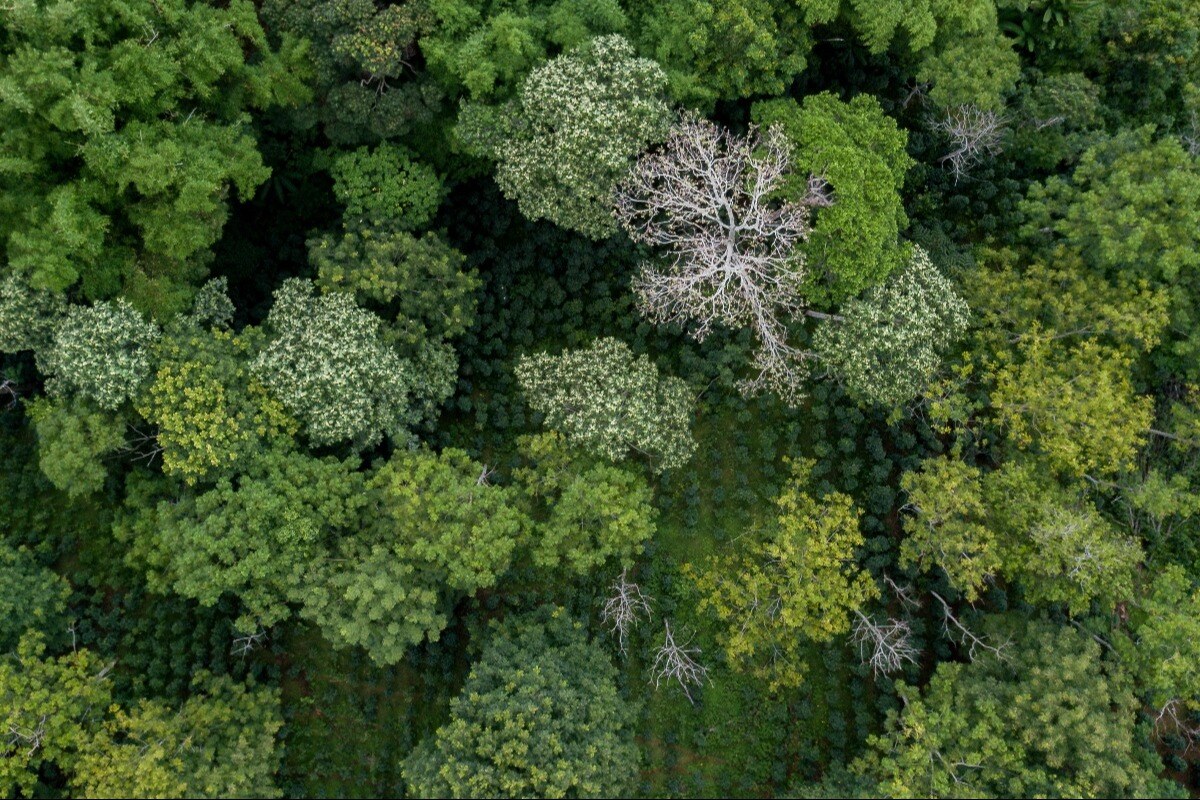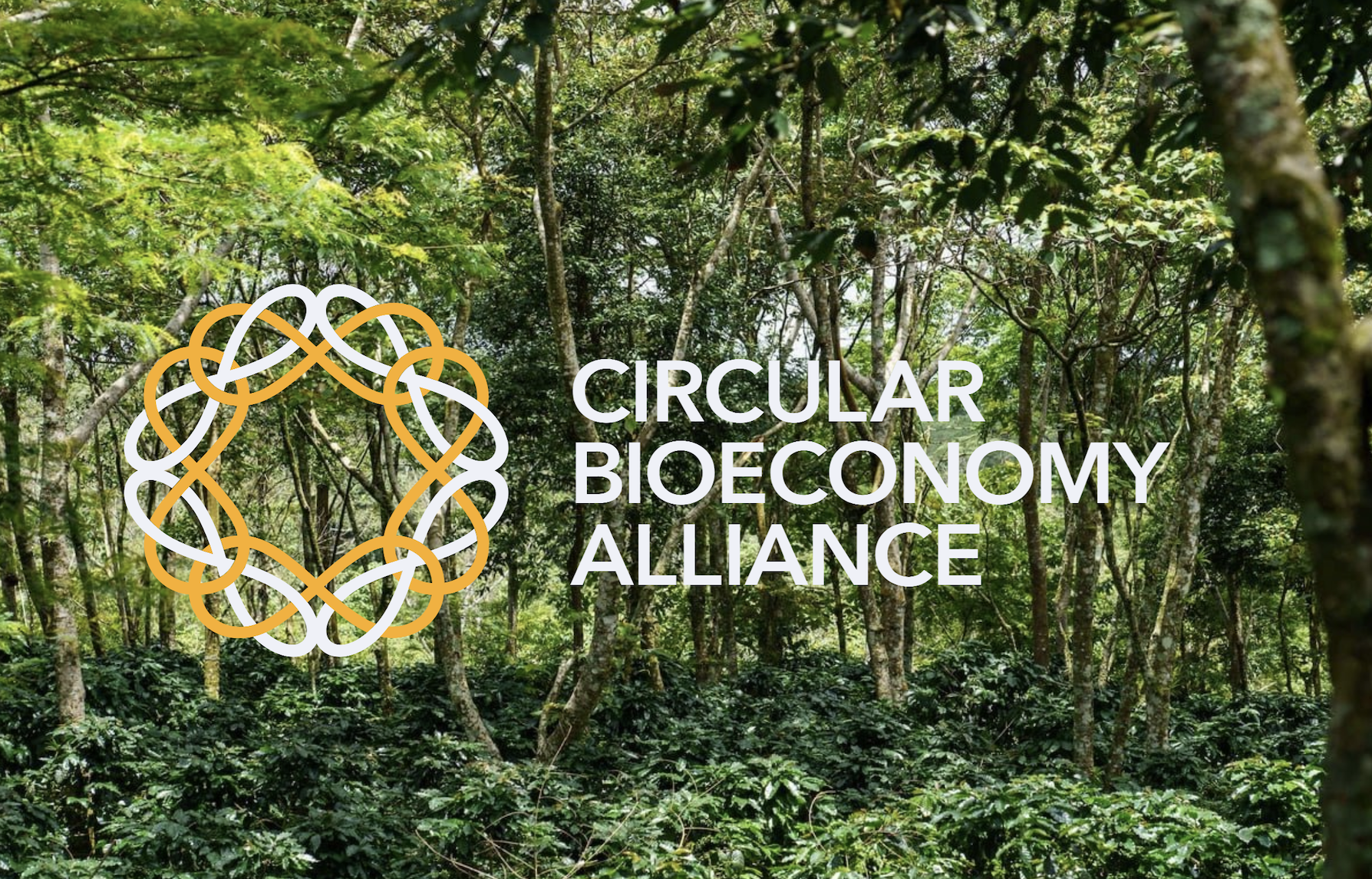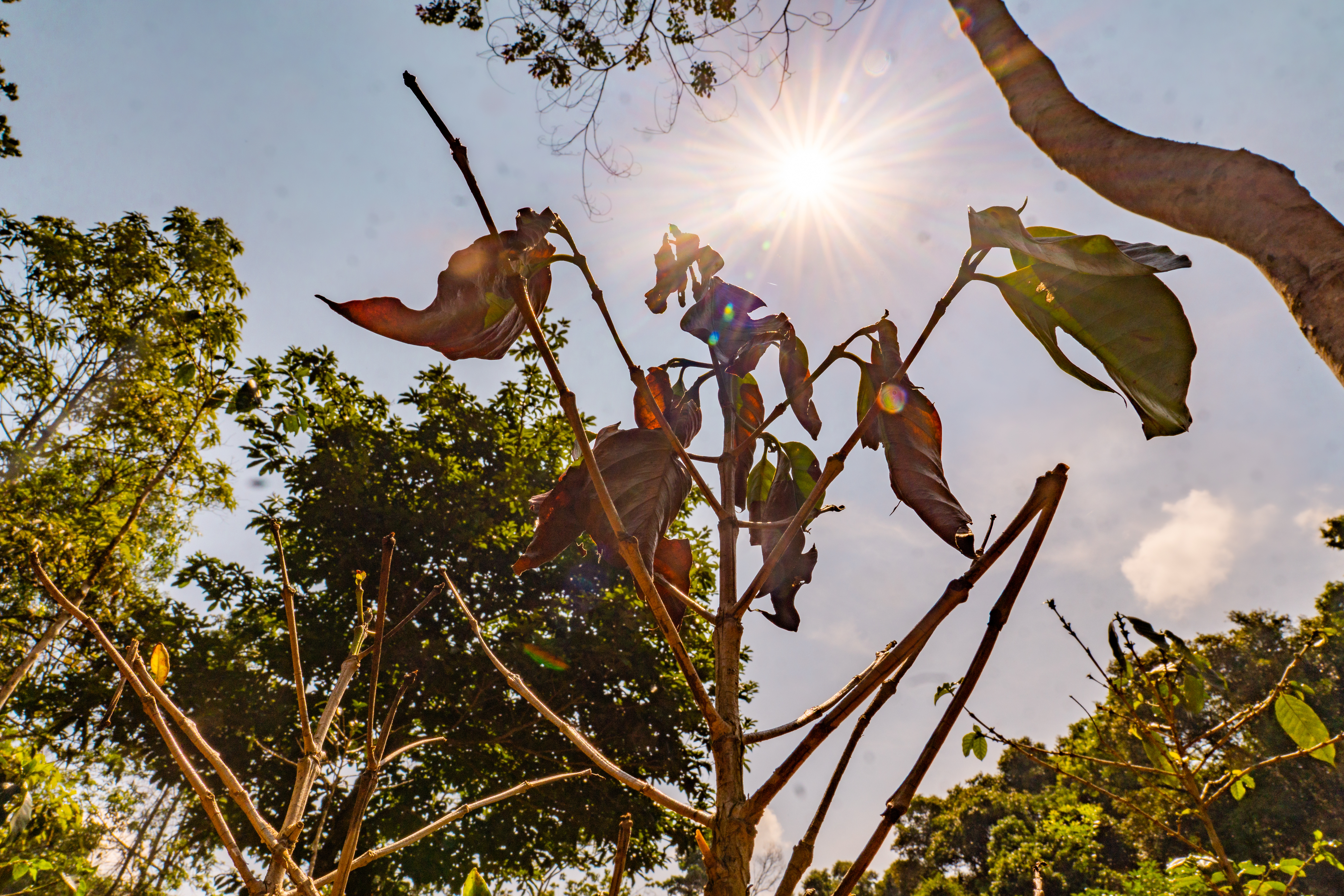Slow acquires African Coffee Roasters – A New Era for Sustainable Coffee
Big news from Slow. African Coffee Roasters is now part of the Slow family. And this isn’t just an acquisition—it’s a major step forward in how...
Oct 18, 2024 - 2 min read
-1.jpg?width=1200&height=800&name=Ripe%20coffee%20cherries%20(15)-1.jpg)
Ripe coffee cherries on Slow's farm in Laos. © Slow/Saosavanth Ketmala
Nature-positive coffee isn't just about sustainability—it goes a step further by actively conserving, restoring and enhancing ecosystems.
These farms are redefining what it means to grow coffee. Instead of pushing for maximum yields at any cost, they're striving to find the right balance between productivity and environmental health. By enhancing biodiversity and reviving soil health, these farms turn coffee cultivation into a meaningful part of the effort to combat climate change and restore ecosystem balance.
Nature-positive coffee transforms farming from a source of degradation into a force for renewal. It's coffee with a purpose. And every cup you drink is part of that change.
The way we grow coffee today, particularly sun-grown coffee, is a significant driver of deforestation.
To make space for coffee plants, farmers clear large swaths of forest, removing the protective tree canopies that once offered shelter to diverse ecosystems. According to some estimates, every cup of coffee consumed destroys roughly one square inch of rainforest, making coffee production a leading cause of rainforest destruction.
This fast-tracked approach to agriculture is tempting: farmers seeking organic certifications can cut down forests and quickly plant coffee in newly cleared land, bypassing the challenges of regenerating or improving degraded soil. But at what cost?
Tropical forests are home to 50-90% of all terrestrial plants and animals, making them critical not only for biodiversity but also for climate regulation. These forests soak up and store vast amounts of carbon dioxide, acting as one of the Earth's natural climate control systems.
Yet, in regions like the Amazon, central Africa, Indonesia, and parts of Asia, growing numbers of these trees have been felled in recent decades to make way for commodity crops, and coffee is part of this destructive trend.

The consequences are severe. Coffee production not only exacerbates deforestation but also risks collapsing ecosystems that are essential for biodiversity. What's more, climate change adds additional pressure. Suitable land for coffee could shrink by 50% by 2050 due to rising temperatures, pushing farmers to clear more forest to maintain yields.
Yes, we do plant more trees. In fact, recent global efforts to reforest and rehabilitate ecosystems are gaining momentum. However, new research reveals a sobering reality: reforestation in wealthier countries often masks the deforestation happening elsewhere to meet consumer demand.
Nguyen Tien Hoang, the lead researcher from the Research Institute for Humanity and Nature in Kyoto, highlights this concern: "Obtaining net forest gains domestically but expanding non-domestic deforestation footprints, especially in the tropics, might do more harm than good for climate change mitigation and biodiversity conservation."
Coffee consumption plays a significant role in this phenomenon. While some regions are making strides toward sustainable coffee production, others—like Vietnam, Laos and Indonesia—are witnessing increased deforestation as land is cleared for commodity crops.
In Vietnam, especially in the Central Highlands, the demand for coffee has led to the expansion of plantations into forested areas, contributing to habitat loss and biodiversity decline. Meanwhile, Indonesia's lush tropical forests, home to countless species, continue to be cleared at alarming rates to satisfy demand for coffee, palm oil and other exports.
The complexity of global supply chains means that consumers in countries like Denmark and other wealthier nations are indirectly contributing to this deforestation.
The solution isn't as straightforward as simply planting more trees. As this research shows, ongoing economic growth in wealthier countries has deepened their reliance on tropical forests. To truly protect these vital ecosystems, we must rethink how we produce and consume coffee. Shifting toward nature-positive coffee—where coffee farms regenerate ecosystems instead of degrading them—could be part of the solution.
This approach not only helps mitigate climate change and conserve biodiversity but also ensures that we aren't solving one problem at home while inadvertently causing destruction abroad.

Big news from Slow. African Coffee Roasters is now part of the Slow family. And this isn’t just an acquisition—it’s a major step forward in how...

A few years ago, coffee and chocolate were just products. But at Slow, we’re changing the story. We’re not just selling beans and cocoa, we’re...

For years, coffee prices moved with supply, demand, and speculation. That equation has changed.